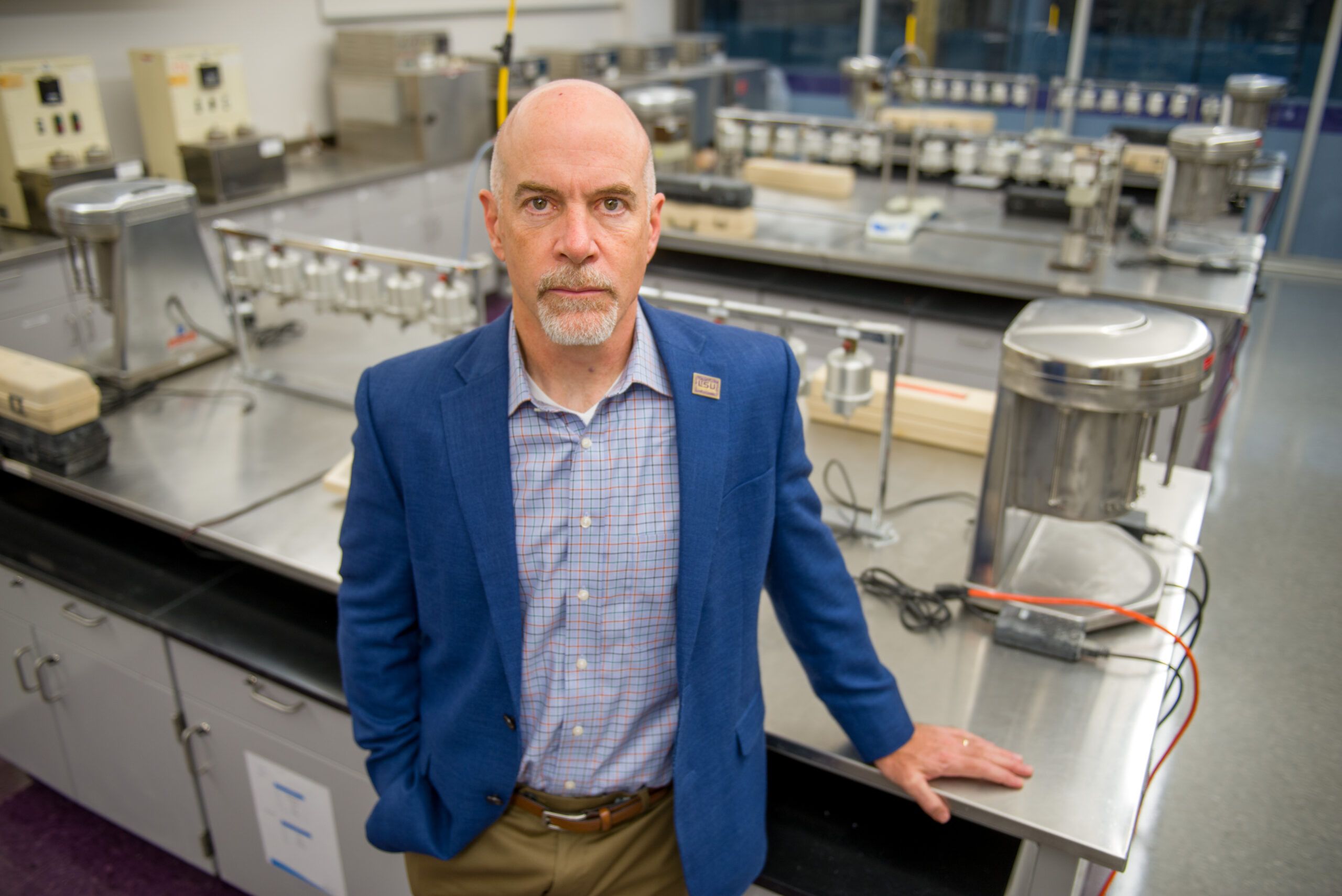
Louisiana has the ideal geology for carbon sequestration, but an abundance of existing oil and gas wells and the inability of industry to detect carbon leaks across vast areas could be the proverbial flies in the ointment.
There is the potential, at least, for the sequestered carbon to find its way back to the surface undetected through thousands of existing well sites, adding to the urgency of current efforts to plug the state’s orphaned wells. The federal government is providing Louisiana with more than $100 million through 2030 to plug the wells, which have been abandoned with no financially viable owner.
To catalyze the process, the Louisiana Department of Natural Resources issued a new regulation last fall that increases fees on wells that have been inactive and unplugged for five years or more, while reducing fees for operators who plug 10 or more wells in a year. The new regulation makes the state eligible for up to $70 million in additional federal funding to help tackle the problem.
Eric Smith, director of the Tulane Energy Institute, says sequestered carbon reentering the atmosphere through existing well site could be a problem, as it’s difficult to find a viable sequestration site that hasn’t already been drilled at some point over the past century.
Read 10/12 Industry Report‘s full story about the initiative.


